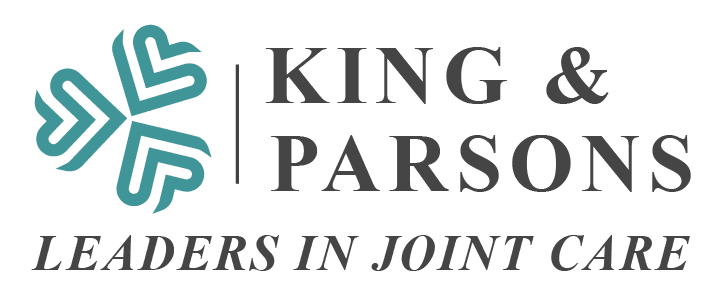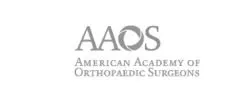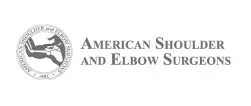Reverse Total Shoulder Arthroplasty (rTSA) has revolutionized the treatment of shoulder conditions, providing a transformative solution for patients seeking relief. However, quantifying success in high-functioning patients undergoing rTSA poses challenges due to ceiling effects associated with outcome scores.
To address this, the concept of the Percentage of Maximal Possible Improvement (%MPI) was introduced, aiming to simplify and enhance the stratification of patient success. This study, titled “Quantifying Success after Reverse Total Shoulder Arthroplasty: The Substantial Clinically Important Percentage of Maximal Possible Improvement,” delves into the thresholds associated with substantial clinical improvement and compares them with the traditional 30% MPI across different outcome scores. In this blog post, we explore the background, methodology, key findings, and the implications of this study for the field of shoulder arthroplasty.
The study begins by addressing the common practice of using changes in preoperative to postoperative outcome scores to quantify success after rTSA. However, the presence of ceiling effects in many outcome scores limits the ability to differentiate success among high-functioning patients. To address this limitation, the %MPI is introduced as a tool to better stratify patient success. The primary objective of the study is to define the %MPI thresholds associated with substantial clinical improvement following primary rTSA and to compare these thresholds with the traditional 30% MPI across various outcome scores.
A retrospective review was conducted using an international shoulder arthroplasty database spanning from 2003 to 2020. The study focused on all primary rTSAs performed using a single implant system with a minimum 2-year follow-up. Preoperative and postoperative outcome scores were evaluated for all patients, encompassing six different outcome scores: the Simple Shoulder Test (SST), Constant, American Shoulder and Elbow Surgeons (ASES), University of California Los Angeles (UCLA), Shoulder Pain and Disability Index (SPADI), and Shoulder Arthroplasty Smart (SAS) scores. The proportion of patients achieving substantial clinical benefit (SCB) and the 30% MPI was determined for each outcome score. Thresholds for the Substantial Clinically Important %MPI (SCI-%MPI) were calculated using an anchor-based method, considering age and sex as stratifying factors.
The study included a substantial dataset of 2573 shoulders with a mean follow-up of 47 months. Notably, outcome scores with known ceiling effects (SST, ASES, UCLA, SPADI) exhibited higher rates of patients achieving the 30% MPI compared to scores without ceiling effects (Constant, SAS). However, scores without ceiling effects demonstrated higher rates of patients achieving the SCB.
The SCI-%MPI thresholds varied among outcome scores, with mean values of 47% for the SST, 35% for the Constant score, 50% for the ASES score, 52% for the UCLA score, 47% for the SPADI score, and 45% for the SAS score. The SCI-%MPI increased in patients older than 60 years, except for the SAS and Constant scores. Additionally, SCI-%MPI was greater in females for all scores assessed, except the Constant and SPADI scores.
The study concludes that the %MPI, evaluated relative to patient-reported substantial clinical improvement, provides an alternative method to quickly assess improvements across patient outcome scores. The considerable variation in the %MPI corresponding to substantial clinical improvement emphasizes the importance of utilizing score-specific estimates of the SCI-%MPI when gauging success in patients undergoing primary rTSA.
These findings have significant implications for the clinical practice of shoulder arthroplasty. Surgeons are urged to adopt a nuanced approach, considering the specific outcome score and individual patient characteristics when assessing success after rTSA. The study contributes valuable insights to the evolving landscape of shoulder arthroplasty, paving the way for more precise and personalized evaluation methods that align with patient expectations and goals. As the field continues to advance, the use of SCI-%MPI promises to enhance the accuracy and relevance of outcome assessments, ultimately improving patient outcomes and satisfaction in the realm of reverse total shoulder arthroplasty.















